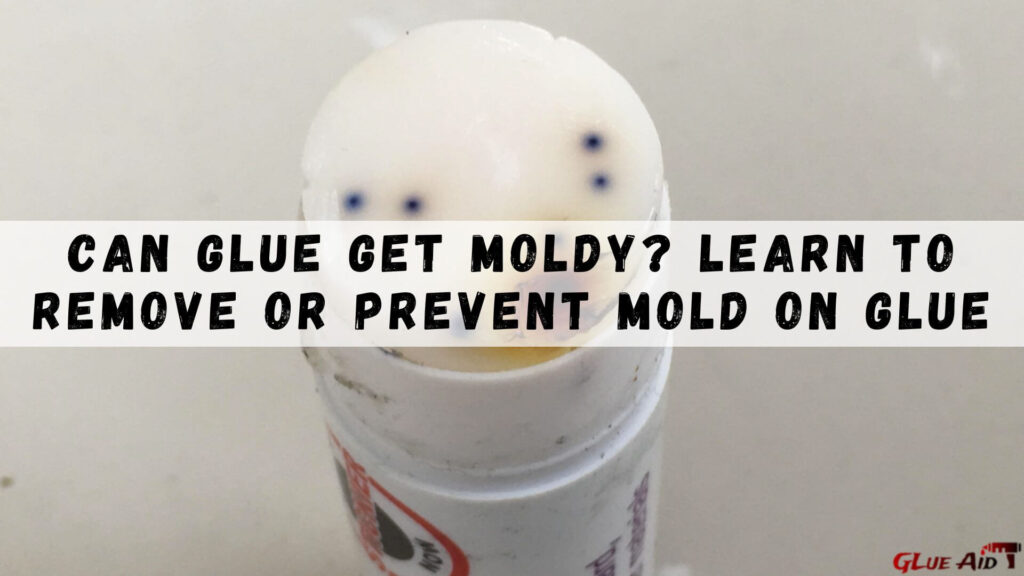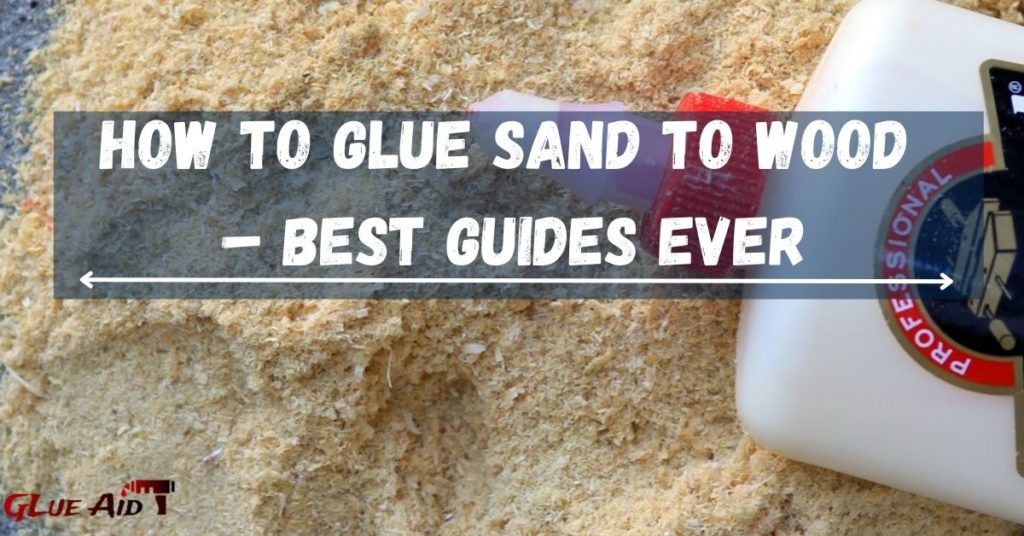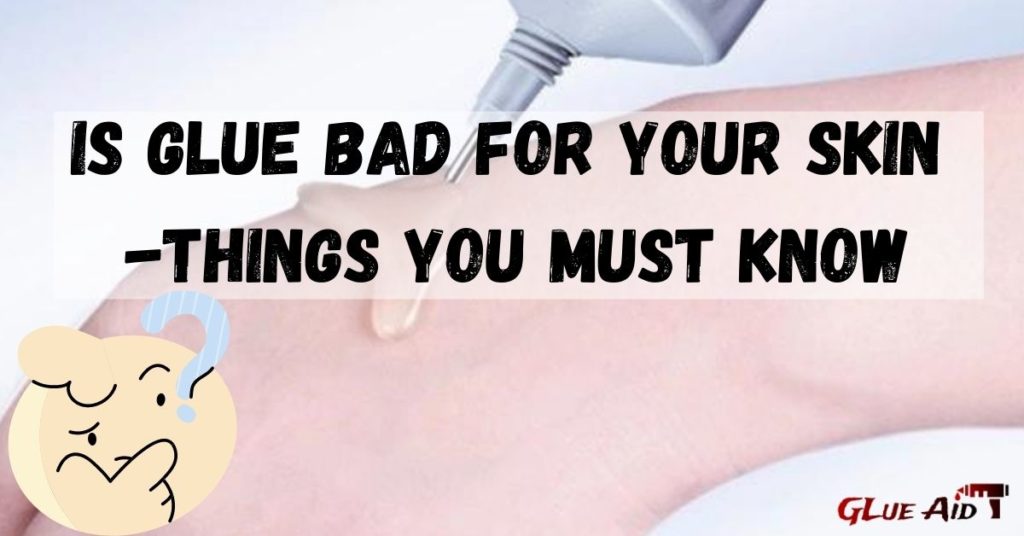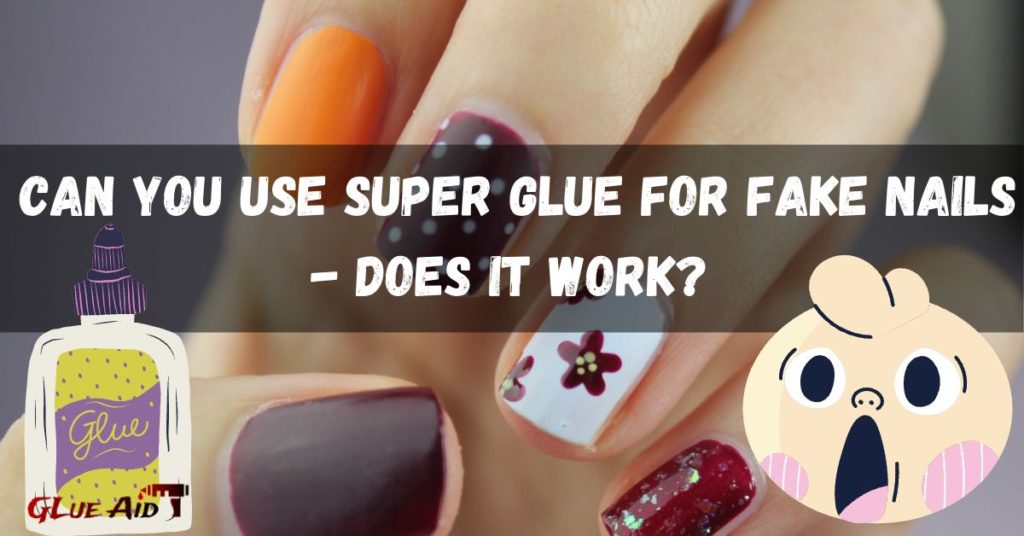Is there anything more frustrating than opening a tube of glue, using a tiny bit, and then having the rest dry up and become useless? It seems like this happens to everyone at some point. But what if it’s not just the glue that’s gone bad? What if the mold on the inside of the tube is to blame? Believe it or not, this is a real thing, and it can happen even with new glue. So how do you know if your glue has gone bad, and what can you do about it? Read on to find out if can glue get moldy, how and why glue can get moldy, and what you can do to prevent it.
Table of Contents
What Is Mold And What Does It Looks Like

Mold is a type of fungus that can grow both indoors and outdoors. It thrives in moist, warm environments, and can often be found growing on food or in damp areas like basements or bathrooms. Mold can come in many different colors, including black, white, green, and pink. It can also have a musty or earthy smell.
When it comes to glue, mold can often be found growing on the inside of the tube. This is because the glue provides the perfect environment for mold to thrive in: it’s moist and warm, and there’s not much air. The mold can sometimes be visible on the outside of the tube, but it’s more likely to be hidden on the inside.
If you think your glue might be moldy, the best thing to do is to throw it out and get a new tube. Using moldy glue can cause all sorts of problems, including respiratory infections, skin irritation, and allergic reactions. So it’s not worth taking the risk!
Preventing Moldy Glue

The best way to prevent your glue from getting moldy is to store it properly. Keep it in a cool, dry place, and make sure the lid is tightly sealed. If you’re not using the glue regularly, you can also store it in the refrigerator. This will help to prolong its shelf life.
If you do find mold on your glue, you can try to clean it off with rubbing alcohol. First, remove the cap and any dried glue from the opening of the tube. Then, soak a cotton ball in rubbing alcohol and use it to wipe down the inside of the tube. Be sure to get rid of all the mold, as even a small amount can cause problems. Once you’re finished, dry the inside of the tube with a clean cloth and put the cap back on.
If you can’t get rid of the mold or if the glue is more than a year old, it’s best to just throw it out and get a new tube. It’s not worth taking the risk of using moldy glue!
How Can You Tell If Your Glue Has Gone Bad
If your glue has gone bad, it will often have a musty or earthy smell. The mold can also be visible on the outside of the tube, or you may see white, green, or black mold growing on the inside of the tube. If you think your glue might be moldy, it’s best to throw it out and get a new tube.
What To Do If Your Glue Has Been Contaminated With Mold
If you find mold on your glue, it’s important to take action immediately. Mold can cause serious health problems, and it can also damage the quality of your glue.
Here are some tips for dealing with moldy glue:
- Dispose of the contaminated glue immediately. Don’t try to clean it or salvage it in any way.
- Thoroughly clean the area where the moldy glue was stored. Use a strong cleaner and disinfectant to make sure all traces of mold are removed.
- If you have any health concerns, consult a doctor or medical professional. Mold can cause serious health problems, so it’s important to get professional advice if you’re worried about your health.
- Take steps to prevent mold in the future. Store your glue in a clean, dry place, and be sure to check it regularly for signs of mold.
Tips For Avoiding Mold In Your Glue In The Future
- Store your glue in a clean, dry place.
- Check your glue regularly for signs of mold.
- If you see any mold, dispose of the glue immediately.
- Take steps to prevent mold from growing in your home or office, such as using a humidifier and keeping the area clean and free of clutter.
FAQs About Can Glue Get Moldy

Does Mold Grow On Glue?
Glue is an inorganic substance that does not provide the nutrients necessary for mold growth. In addition, glue is often used to seal surfaces, which prevents mold spores from accessing the surface and beginning to grow.
Does Elmer’s Glue Mold?
Elmer’s Glue is made of a polymer and water. When the glue dries, the water evaporates and the polymer is left behind. The polymer chains are cross-linked, which gives the glue its strength. Mold can grow on any surface that is moist and has organic matter for the mold to feed on. Since Elmer’s Glue is made of a polymer and water, it can mold.
Why Is My Glue Moldy?
The most likely explanation for your moldy glue is that the container was not properly sealed. This allowed moisture to enter the container and interact with the glue, causing it to break down and form mold.
Is A Little Bit Of Mold OK?
Mold is a type of fungus that can grow on many different surfaces. Glue is one of those surfaces. While a small amount of mold may not be harmful, it can cause allergic reactions in some people. Mold also has the potential to cause respiratory problems. Therefore, it is best to avoid using glue that has any visible mold on it.
How Can I Tell If My Glue Is Getting Moldy?
Mold can be a serious problem for any homeowner, as it can cause extensive damage to your home and may even pose a health hazard. If you suspect that your glue is getting moldy, there are a few things you can look for. First, check for any visible mold growth on the surface of the glue. Second, if the glue has changed color or becomes discolored, this may be an indication of mold growth.
What Should I Do If I Think My Glue Is Getting Moldy?
If you think your glue is getting moldy, you should remove it from the surface and discard it. You should also clean the area with a mild detergent and water solution. If the moldy area is large, you may need to use a stronger cleaning solution.
How Can I Fix A Glue That Is Getting Moldy?
There are a few things you can do to fix glue that is getting moldy. You can try adding more glue to the mixture, or you can try heating the mixture up to kill the mold. You can also try adding a preservative to the mixture to prevent the mold from growing back.
Conclusion
It is possible for the glue to get moldy. If you notice mold on your glue, throw it away and get a new one. Don’t try to clean it off, as this will just spread the mold. Be careful not to store your glue in a humid place, as this can cause mold to grow.
Relevant Resources:
- What Glue to Use for Paper Glass
- How To Dry Glue Faster – 9 Best Ways
- How to Fix a Hole in an Air Mattress With Super Glue
- Why Doesn’t Glue Stick to The Inside of The Bottle or Tube
- The Pros and Cons of Polyurea Adhesives
- Is Glue Edible? – See What Experts say
- Is Glue bad for your Skin -Things You Must Know
- How To Glue Sand to Wood – Best Guides Ever
- How to Glue Glass to Wood
- How to Glue Rubber to Wood
- How to Glue Metal to Glass
- How to Get Hair Glue out of Carpet




